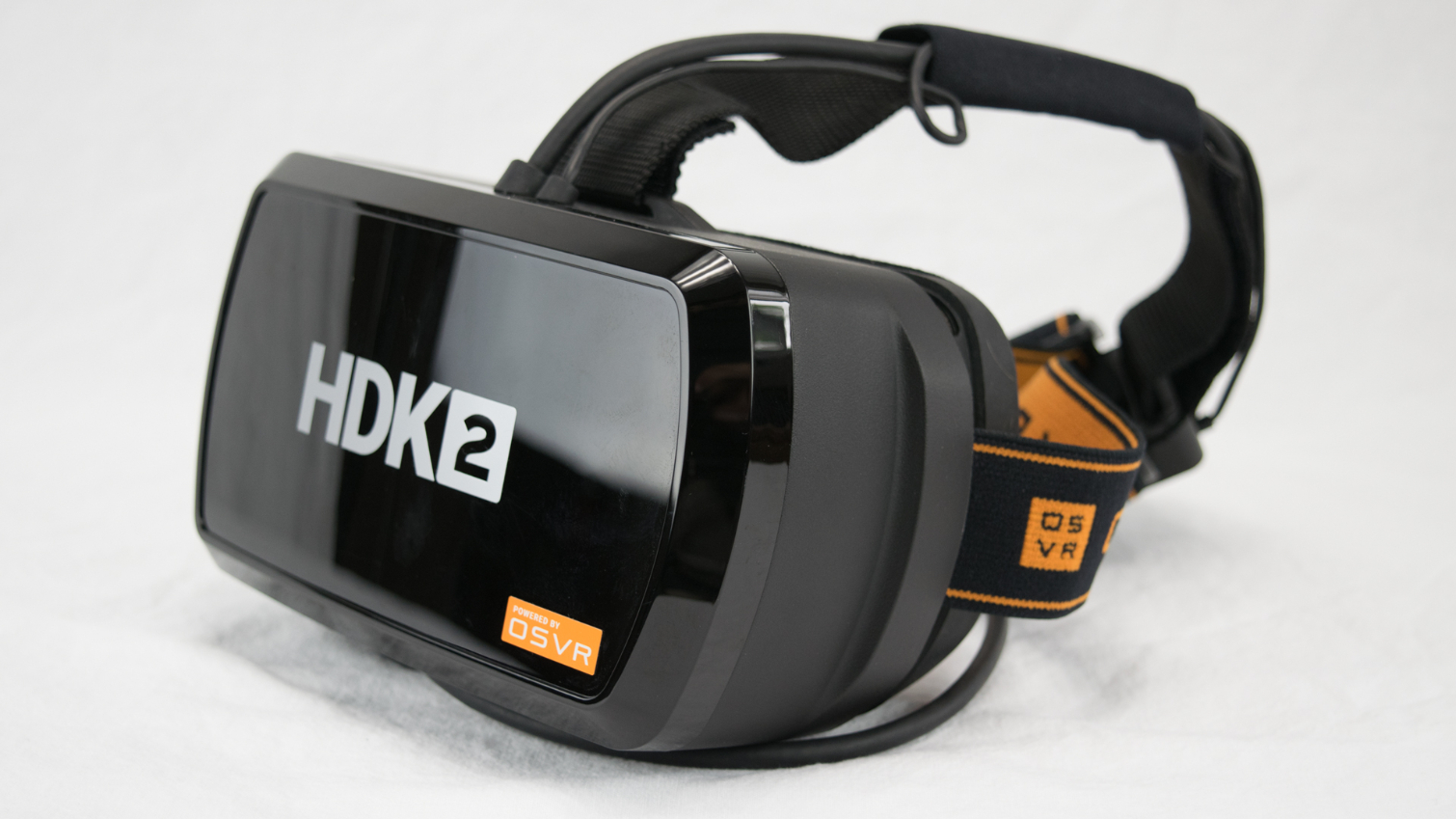Razer Abandoned OSVR To Help With Khronos OpenXR Standard
Razer is no longer actively pursuing the OSVR standard. The company quietly abandoned OSVR when it joined the Khonos OpenXR project last year.
Three years ago, during CES 2015, Razer announced its intention to jump into the virtual reality industry. The company revealed Open Source Virtual Reality (OSVR), which sought to create an open standard for VR hardware and software development. It seemed like OSVR would be a strong contender in this newly emerging industry, but it was mostly a non-starter. OSVR accrued hundreds of partners that signed up to support it, but few products ever emerged for the platform, and it failed to gain traction in the marketplace.
At that time, the OSVR standard was a welcomed concept. Back then, Oculus was the only player in the VR space--Valve and HTC had yet to reveal the Vive and room-scale VR--and Facebook had recently purchased the company. Handing control of an entire burgeoning industry to the social media giant didn’t sit well with some people, and it was clear that Razer’s management, along with OSVR founding partner Sensics, were among those who saw a need for competition.
OSVR came into the industry with arms swinging. The Hacker Developer Kit package featured a modular design, which you were free to modify however you pleased. OSVR released schematics and instructions online that would enable anyone to source the parts and build their own headset, and it opened pre-orders for the first-generation Hacker Developer Kit headset, which you could pick up for $100 less than and Oculus DK2.
Unfortunately, the OSVR platform didn’t live up to expectations. We had our first trial of the OSVR HDK at GDC in 2015, and we weren’t sold on the experience. The headset was clunky and uncomfortable, and the tracking system doesn’t work well. And it didn’t improve dramatically from generation to generation, which left it the dust of modern VR systems like the current iterations of the Oculus Rift and HTC Vive. What’s more, the software that OSVR and its partners promised never materialized. OSVR said that several developers were creating content that would run natively on the OSVR platform, but less than a dozen titles saw the light of day.
In late 2016, Valve added OSVR support to SteamVR, and support for OSVR’s native platform fizzled out. Today, the OSVR website boasts that you can “play over 300 VR games on Steam,” but that number hasn’t changed in over a year. And without proper motion controllers, the number of supported games isn’t going up fast, which leaves little incentive for anyone to buy an OSVR headset.
Valve didn’t kill OSVR’s ambitions to push forward with the OSVR content platform, though. In March 2017, Sensics came to GDC to demonstrate a content distribution system and boundary safety system for OSVR. We didn’t put it together at the time, but Razer had already left the keys to OSVR in Sensic's hands. Throughout 2017, the news that we learned about the OSVR came from Sensics, not Razer. We only spoke to Razer when we requested a review unit of the OSVR HDK2 headset.
Get Tom's Hardware's best news and in-depth reviews, straight to your inbox.
We’ve since learned that Razer refocused its resources and joined Khronos to help build the OpenXR standard. We recently reached out to Razer to find out if we could expect a new OSVR headset in the future, or if the platform had fallen through the cracks. Jeevan Aural, the Razer product manager in charge of the OSVR initiative, revealed that Razer isn’t involved in the development of OSVR anymore, stating:
Our efforts around OSVR have indeed been deprecated, and we moved our resources to merge efforts with the Khronos Group as one of the founding members of OpenXR. Our team is actively contributing our learnings and experience with the OSVR software platform to become a part of a universal platform for all VR developers, which was the vision for OSVR from the first day and as part of the Khronos group we can make that vision come to life. It has been overwhelmingly positive seeing such smart individuals and big tech companies like Microsoft, Oculus and Samsung come together to work on the vision of OSVR expressed in a common goal that will benefit the industry.
Razer isn’t actively contributing to OSVR anymore, but Aural said that the company will continue to offer the OSVR HDK2 kits “to support initiatives such as Zero Latency,” which benefit from an open HMD platform that you can modify without restriction. We get the impression that Razer won’t be adopting updated equipment, though, so we expect that Sensics will take over the distribution of OSVR headsets once the HDK2 is no longer a viable starting point. Sensics already offers superior HMD options for commercial entities anyway.
Kevin Carbotte is a contributing writer for Tom's Hardware who primarily covers VR and AR hardware. He has been writing for us for more than four years.
-
bit_user Reply
If you get the chance, please ask whether they'll be supporting OpenXR on their HDK2 hardware.20919767 said:Razer is no longer actively pursuing the OSVR standard.
Thanks.
